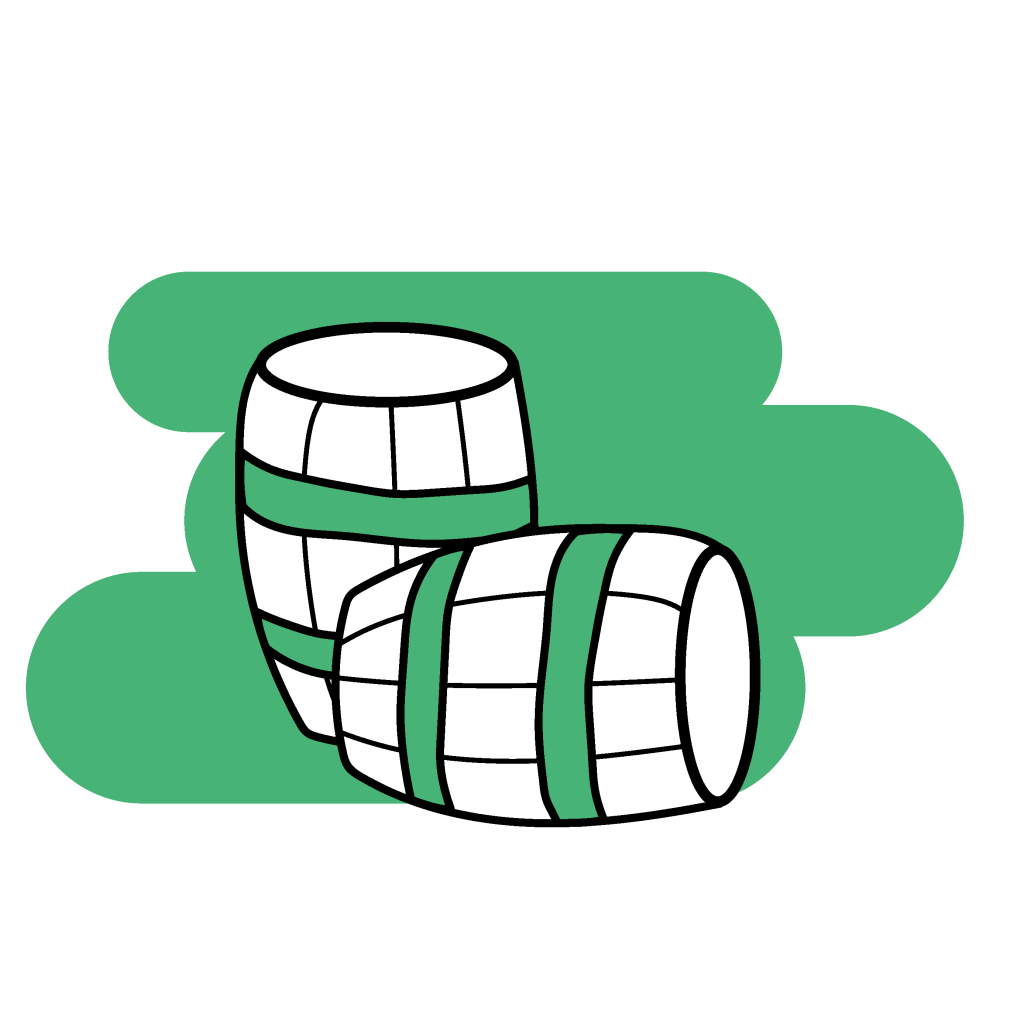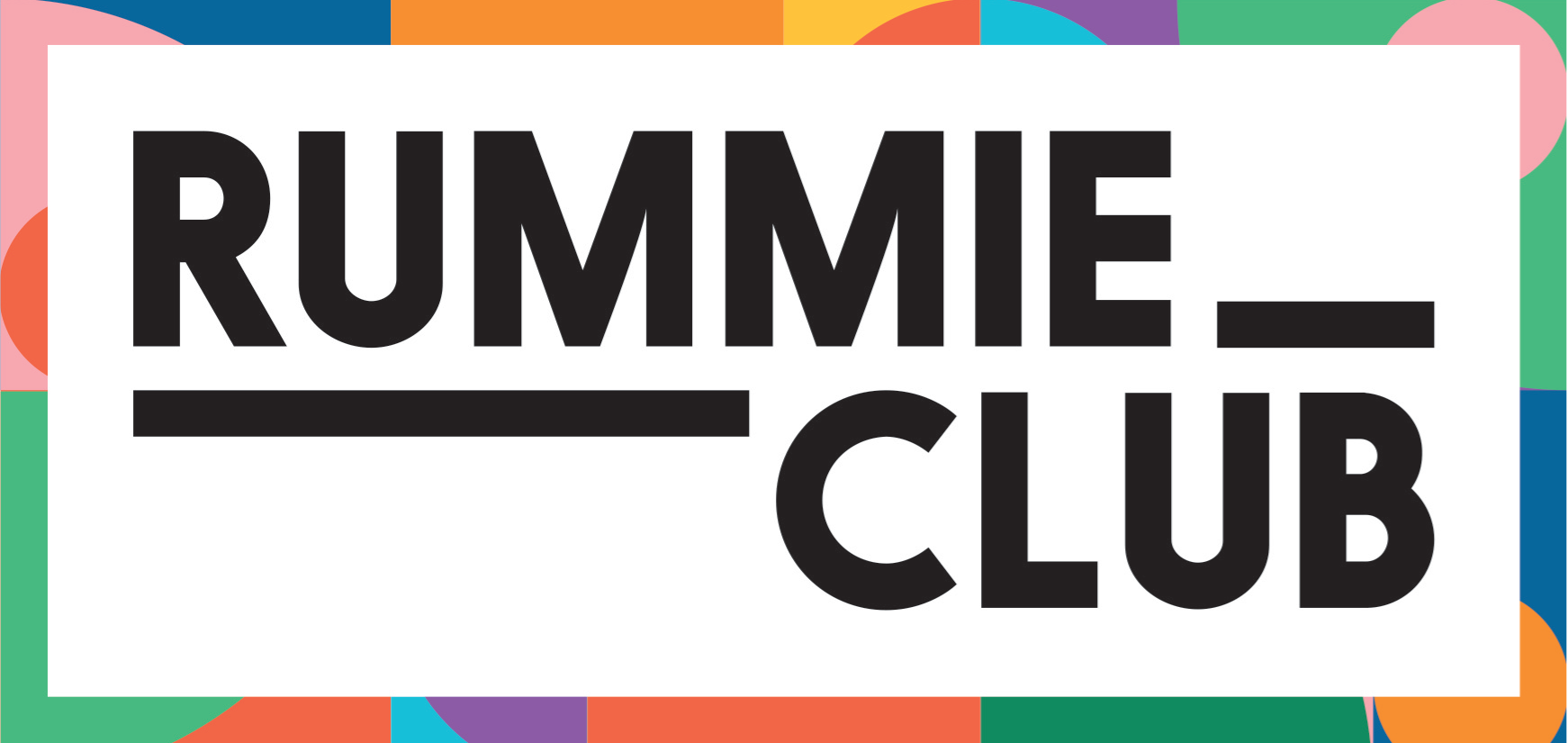As a small and honest rum producer we want to be open about our production process. The rum spirits category is a category where the rules and habits differ a lot per region and brand. Because of this, rum can be very diverse. This diversity also has a downside, as a customer you don’t always know what you are buying. We would like to be one of the producers who gives all the pieces of information about our rum production so you know what you buy.
“At Rummieclub we are rum makers, this is our craft. We do everything ourselves, from fermentation until botteling and labelling. This gives us full control over all aspects of our rum production.”

1. Ingredients
Like all rum production we start with some form of sugar cane; in our case with molasses. Molasses is the dark and sticky stuff that’s left after they extract the cane sugar crystals from pressed sugar cane juice. We use an organic molasses with still around 60% sugar from Paraguay. As sugar cane needs at least 25°C to grow, we can not get the molasses close to our home. We experimented with lots of different molasses from different origins and this was our clear winner in taste and yield. Every 6 weeks we receive two IBC’s of 800 litre of this wonderful stuff and we use about 100 litres per 500 litre fermentation.
2. Fermentation
Fermentation is the process where sugars are converted into alcohol and CO2. The only thing we add to our fermentation is molasses, water (filtered by the Dutch dunes), yeast and yeast nutrients. Sometimes we also add dunder, which are the leftovers from the previous distillation, to make very flavourful rums. Our fermentation process is different for all our rums. Most of the fermentations are around 6-10 days and are not temperature controlled. The fermentation we run in our iStill is usually a bit shorter (around 5 days) and is temperature controlled, this usually means we cool at the beginning of the fermentation as the fermentation makes a lot of energy/warmth. We also do some fermentations around 10 to 20 days where we try to increase the acidity as the combination of acids with alcohol creates interesting flavour molecules called esters. We also sometimes try to make our fermentation more acid by using the leftovers from our former distillation, this leftovers are called backset or dunder.
We have experimented with a lot of different commercial yeasts. For most of our rums we use one of these that gave us the most fruity and intense flavour we were looking for. For some of our rums, like our Overproof, we extracting our own yeast from fruits and flowers in our garden, like raspberries. During our search for the desired flavour, wild yeast gave us very good results. It also presents us with great challenges with regards to consistency and yields. Yeast tends to change and adopt to its environment. In our fermentation tanks the environment is like heaven for yeast and it will lose those properties that create the wanted flavours. This can be solved with a yeast lab and sub-zero storage that deep freezes our samples. We don’t have that, which means flavour can vary a little bit. Some of our fermentations stay open and the commercial yeast gets to work together with some wild yeast and bacteria. There are lots of factors like the weather which plays a role in the fermentation and therefore every fermentation is unique.

“Fermentation is where flavors are created. We think this is a very important part of rum making. This is also where we spend most time on product development “

3. Distilling
At the end of the fermentation period the wash is around 8 to 10% alcohol (5 to 6% with wild yeasts) and is pumped in to our still: the iStill 500, a 500 litre still. iStill is a Dutch company from Woerden that makes a lot of stills, mostly for craft distilleries. They are specialized in automation and robotization. That doesn’t mean you don’t have to do anything yourself, but it does mean we have a lot of control to make all the choices we want and can make a lot of different rums. It has a stainless steal boiler with a direct heater in the boiler. We use copper waffles to extract some undesired compounds. We chose this still because it’s very energy efficient and gives us the control and options we were looking for.
4. Ageing
After the distillation the rum is always a clear white liquid and somewhere between 70 and 85 percent ABV depending on the wash and the distillation program. After distillation it will either rest in stainless steel tanks for a few months or go into a barrel, most of the time an ex-bourbon barrel at 60% abv. We also have ex-Cognac, ex-Sherry, ex-Whisky and ex-Grappa barrels. It takes us around 4 fermentation batches to fill up one cask of 200 litre. To bring our rum to cask proof or the desired ABV for bottling we use tap water that has been filtered through reverse osmosis.


5. Bottling
After the aging or resting time the rum will be bottled and labelled by hand in our distillery. We now have five basic Rummieclub rum editions for sale: Colourful White (40% abv), Overproof (58%), Barrel Aged (45%), Spiced (40%) and Honey (35%). Next to those we also make Special Cask Selections, like the Dunder Edition and other rum based spirits like Falernum, Coffee liqueur, Orange liqueur and cocktail bitters. Every base edition of Rummieclub rum has an artwork on the front label which is made by a different local (graffiti) artist. The Colourful White artwork is made by Mick La Rock and represents her view on the bubbles and fumes of distillation. She also made this as a mural in our distillery with graffiti. The Overproof artwork is made by Munir the Vries and represents animals getting drunk from overripe fruits. The label for Rummieclub Barrel Aged is made by Cyril ‘Batartworks’ Bath and the label for Rummieclub Spiced is made by Bas Duijst.
